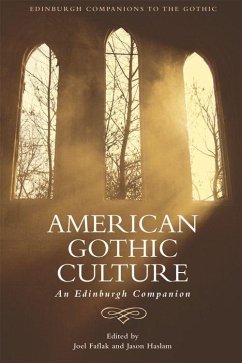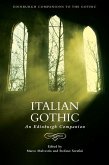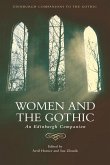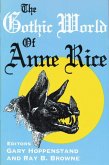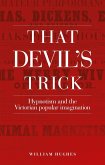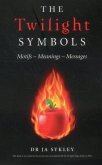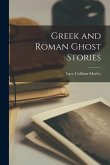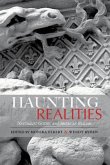'This provocative collection sees "culture" not just as the sum of its arts, but in its more primal sense of something that grows, matures, morphs, and rots. Placing contemporary American Culture in the petri dish of history, this book is a must for students of the Gothic and American Studies!' Steven Bruhm, Western University Surveys the traditions and conventions of the underside of American culture - its repressed memories, anxieties and panics, fears and horrors, obsessions and paranoias Moving from analyses of eighteenth-century literature to twenty-first-century video games, with chapters concerning visual art, film, and television, alongside discussions of serial killers and monsters, education and cityscapes, this Companion aims to demonstrate the centrality of the Gothic to American culture writ large. We suggest that the definitions of America and those of the Gothic are so closely related as to be inseparable. Moving both across history and through multiple media and forms of analysis, the Companion sees the Gothic as a primary discourse through which American culture discusses itself and the material nation from which it arises. The volume consists of twelve essays divided into four sections: Gothic Histories, Gothic Identities; Gothic Genres, Gothic Sites; Gothic Media; and American Creatures. Analysing canonical literary works alongside lesser known material and newer mass media, the chapters collectively provide a map of the wide reach of the Gothic in the American cultural landscape, and do so from a variety of critical and methodological perspectives. Key Features - Features original critical writing by established and emerging scholars - Surveys the full range of American Gothic, from its earliest texts to twenty-first-century works - Includes critical analyses of American Gothic in new media and technologies - Establishes new benchmarks for the critical understanding of American Gothic traditions Joel Faflak is Professor in the Department of English and Writing Studies at Western University, where he is Director of the School for Advanced Studies in the Arts and Humanities. His previous publications include Romantic Psychoanalysis: The Burden of the Mystery (2009) and Romanticism and the Emotions (2014). Jason Haslam is Associate Professor in the Department of English at Dalhousie University. His published books include, most recently, the monograph Gender, Race, and American Science Fiction: Reflections on Fantastic Identities (2015) and the textbook Thinking Popular Culture (2015).
Hinweis: Dieser Artikel kann nur an eine deutsche Lieferadresse ausgeliefert werden.
Hinweis: Dieser Artikel kann nur an eine deutsche Lieferadresse ausgeliefert werden.

